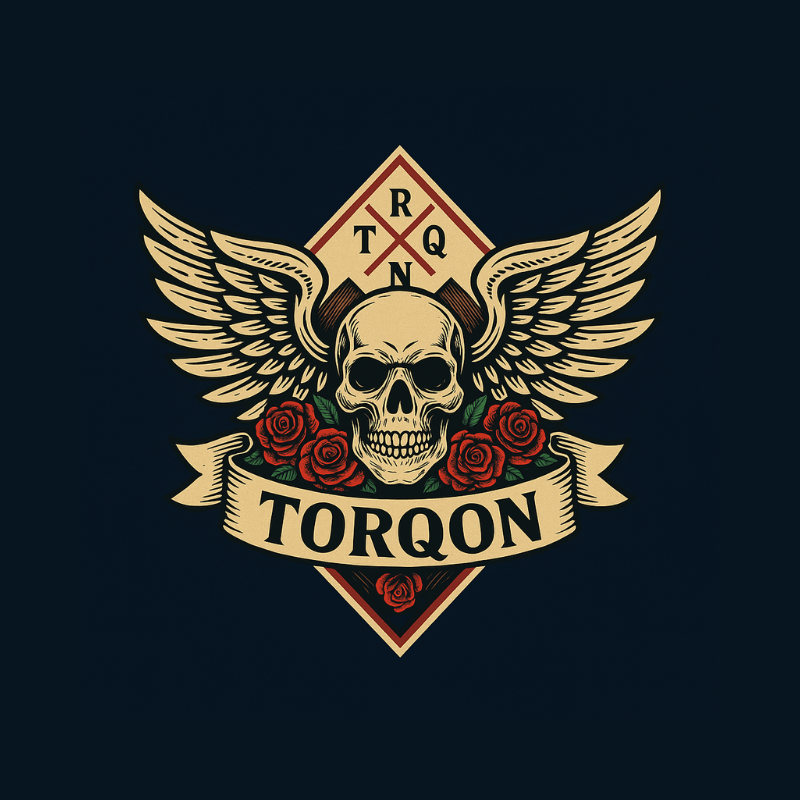Understanding Motorcycle Frame Geometry and Its Impact on Handling
Motorcycle handling is often described in subjective terms—quick, stable, nervous, planted—but these characteristics are directly influenced by measurable geometric factors designed into the frame and suspension components.
Rake angle (sometimes called castor angle) refers to the angle between the steering head and a vertical line. Generally, sportbikes have steeper rake angles (around 23-24 degrees) for quicker steering, while cruisers have more relaxed angles (around 30-34 degrees) for straight-line stability.
Trail is the distance between where the front wheel touches the ground and where the steering axis intersects the ground. More trail typically results in greater stability but heavier steering, while less trail creates lighter, quicker steering but potentially less stability at speed.
Wheelbase—the distance between the centers of the front and rear wheels—affects both stability and agility. Longer wheelbases resist wheelies and provide better straight-line stability, while shorter wheelbases allow for quicker direction changes.
Modern motorcycle design often involves sophisticated computer modeling to find the optimal balance between these sometimes competing factors. Additionally, adjustable components like triple clamps with multiple mounting positions, eccentric steering head bearings, and adjustable swingarm pivots allow for fine-tuning these geometric relationships to suit different riding styles and conditions.
Share this article
